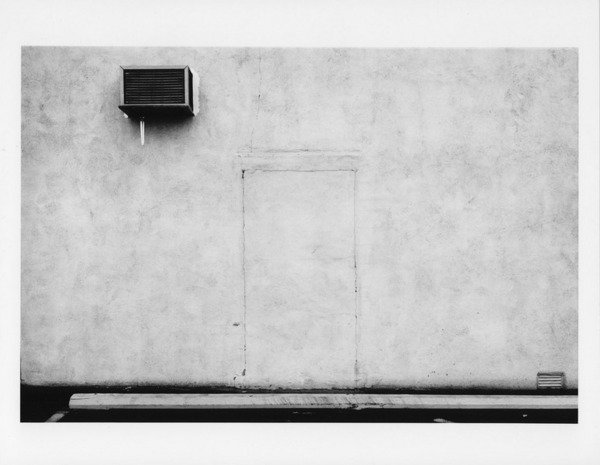Lewis Baltz
dal 8/5/2012 al 1/9/2012
Segnalato da
8/5/2012
Lewis Baltz
Kunstmuseum Bonn, Bonn
Aesthetic appreciation and horror at the price of so-called progress mark the two contrary poles of how Baltz's photography could/can be viewed. The exhibition offers a broad survey of his work.

Kunstmuseum Bonn is showing the first retrospective in a German museum of an American photographer who today is legendary. Already in the early 1970s, Lewis Baltz, born 1945 in Newport Beach, California, arrived on the scene with photos that launched him as an essential groundbreaker on the way to (new) art photography. At the age of 26 with “Tract Houses”, Baltz had his first solo exhibition at the famous New York gallery of Leo Castelli, and remained within its program till the early 1990s. Baltz (as well as Hilla and Bernd Becher) took part in the 1975 epochal exhibition “New Topographics: Photographs of a Man-altered Landscape”.
In view of his clear formal vocabulary, Baltz was initially seen as a documentarist. However, since 1986 and his residency in Paris and Venice, his photography has, at least at first glance, radically changed. Instead of a copious series of small-sized black-and-white photographs, large-scale color photography has since the 1990s replaced them. Nonetheless, thematically, the artist has remained true to himself. The subject is always the coming to terms with urban space, architecture, landscape and ecology, which allows Baltz to emerge as a subtle political artist far removed from eye-catching or confrontational tendencies.
Already in his early art, the Prototype Works (1967–76) or the New Industrial Parks near Irvine (1973–75), Baltz confounded us with an enormously austere formal vocabulary that underscored the flat photographic plane, which however, within each series, was also multiply breached. His historically innovative landscape photographs document places that are the product of industrial civilization: wasteland, industrial areas, warehouses. Their spatial constructs, in the rigorous form of blackand-white photography, manifest an unmistakable analogy to Minimal Art. Aesthetic appreciation and horror at the price of so-called progress mark the two contrary poles of how Baltz’s photography could/can be viewed. This continued in another vein in the series Sites of Technology, as well as in the large, bright-colored diptychs of the 1990s and, not least of all, applies to the gigantic wall Rond de Nuit (1992–95), in which Baltz takes the conventional understanding of documentary photography to its limits.
With numerous loans from private and public collections in the U.S., Switzerland, France, Belgium and Germany, our exhibition offers a broad survey of the work of this major artist from the more recent history of photography.
Image: Palo Alto, 1973, Aus der Serie “The Prototype Works” © Lewis Baltz, courtesy Galerie Thomas Zander, Köln
Press contact
Dr. Ute Herborg-Oberhäuser, Tel. 0228 776223 F -6206 ute.herborg-oberhaeuser@bonn.de
Opening: Wednesday, 9. May, 8 p.m.
Kunstmuseum Bonn
Museumsmeile Friedrich-Ebert-Allee 2 53113 Bonn
Hours
Tues – Sun 11 a.m. – 6 p.m.
Wed. 11 a.m. – 9 p.m.
closes on Easter Sunday, Easter Monday and 1 May



